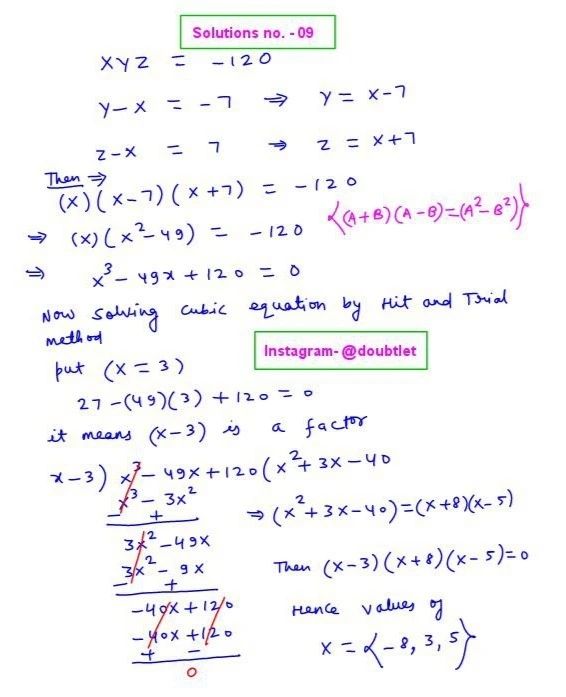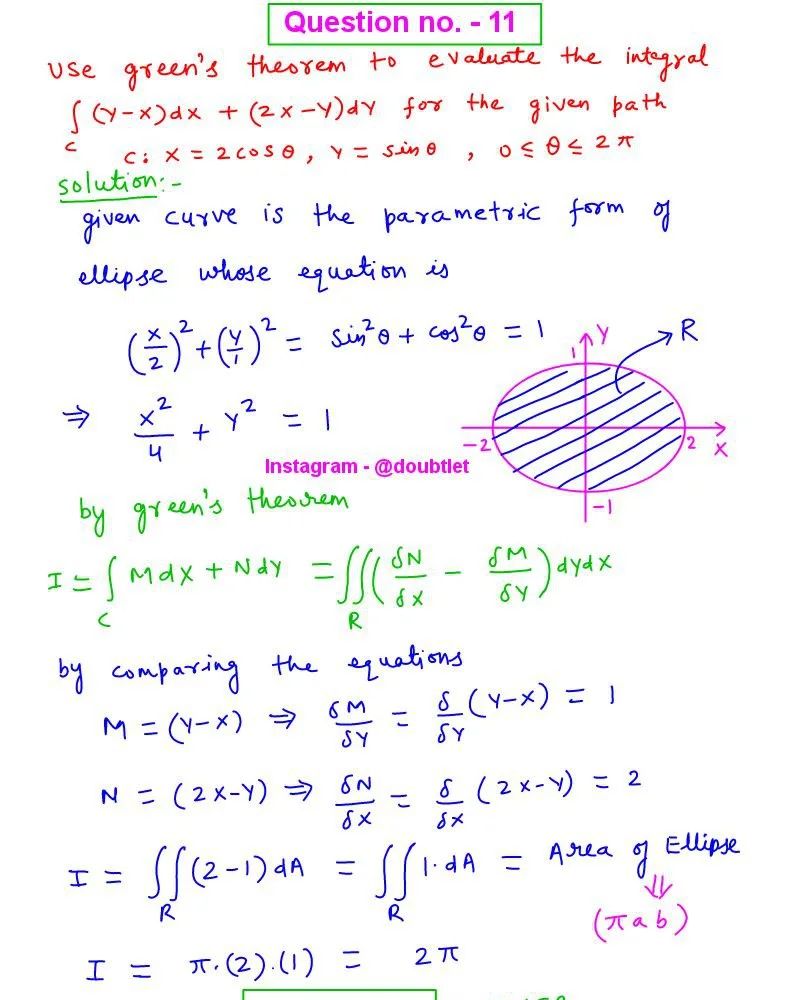









Simpson’s one third rule for a function Calculator
This calculator will help you to approximate the definite integral using the Simpson’s one third rule within the range of upper and lower limits.Related Calculator:Simpson’s one third Rule for a Table Calculator
Loading...
Loading...
Loading...

Neetesh Kumar | November 29, 2024
Share this Page on:
![]()
![]()
![]()
![]()
![]()
- 1. Introduction to the Simpson’s one-third rule for a function
- 2. What is the Formulae used
- 3. Introduction to the Simpson’s one-third rule for a function
- 4. Why choose our Simpson’s one-third rule for a function calculator?
- 5. A Video for explaining this concept
- 6. How to use this calculator?
- 7. Solved Examples on Simpson’s one-third rule for a function
- 8. Frequently Asked Questions (FAQs)
- 9. What are the real-life applications?
- 10. Conclusion
1. Understanding Simpson’s One-Third Rule: A Guide with an Online Calculator
Simpson’s one-third rule is a powerful technique in numerical integration, used to approximate the value of definite integrals. It’s a popular method for solving real-world problems where analytical integration is difficult or impossible. This blog introduces the concept, formula, and applications of Simpson’s one-third rule, and explains how you can use our intuitive calculator to simplify calculations.
What Is Simpson’s One-Third Rule?
Simpson’s one-third rule is based on the idea of approximating a given curve by a series of parabolas. The method divides the interval of integration into an even number of subintervals and uses quadratic polynomials to estimate the area under the curve. This approach often provides a more accurate result compared to simpler methods like the trapezoidal rule.
2. The Formula for Simpson’s One-Third Rule
The mathematical formula for Simpson’s one-third rule is::
- and are the lower and upper limits of integration.
- is the step size, calculated as (where n is even).
- represents the function being integrated.
3. How do I evaluate Simpson’s One-Third Rule for a Function?
To calculate a definite integral using this method:
- Divide the interval into n even subintervals.
- Calculate the values of at each subinterval.
- Apply the formula above to compute the integral.
- This step-by-step process can be tedious for complex functions, but our Simpson’s One-Third Rule Calculator simplifies it for you.
4. Why Use Our Simpson’s One-Third Rule for a Function Calculator?
Our calculator page provides a user-friendly interface that makes it accessible to both students and professionals. You can quickly input your square matrix and obtain the matrix of minors within a fraction of a second.ur Midpoint Rule for a Table calculator is designed to make complex calculations simple and accurate. Here’s why you should choose our calculator:
Our calculator saves you valuable time and effort. You no longer need to manually calculate each cofactor, making complex matrix operations more efficient.
Our calculator handles large datasets effortlessly and delivers precise results, minimizing manual errors.
Our calculator can handle all input values like integers, fractions, or any real number.
Alongside this calculator, our website offers additional calculators related to Pre-algebra, Algebra, Precalculus, Calculus, Coordinate geometry, Linear algebra, Chemistry, Physics, and various algebraic operations. These calculators can further enhance your understanding and proficiency.
5. A video based on how to Evaluate Simpson’s One-Third Rule for a Function.
6. How to use this calculator
- Enter the Function: Type the function you want to integrate.
- Set the Limits: Provide the lower and upper limits of integration ( and ).
- Choose Subintervals: Input an even number of subintervals ().
- Click Calculate: Get the result instantly along with a detailed breakdown of the steps.
7. Solved Examples on Simpson’s One-Third Rule for a Function
Evaluate the integral using Simpson’s one-third rule with .
- Applying the formula:
8. Frequently Asked Questions (FAQs)
Can I use Simpson’s rule for uneven intervals?
No, Simpson’s rule requires even subintervals for accurate computation.
How is Simpson’s one-third rule different from Simpson’s three-eighths rule?
Simpson’s one-third rule uses quadratic polynomials, while Simpson’s three-eighths rule uses cubic polynomials for approximation.
Can Simpson’s one-third rule be used for all functions?
Simpson’s one-third rule works best for functions that are smooth and continuous. It may give less accurate results for functions with sharp discontinuities or rapid oscillations within the integration interval.
What happens if I use an odd number of subintervals?
Simpson’s one-third rule requires an even number of subintervals for proper implementation. If the interval is divided into an odd number of subintervals, the rule cannot be directly applied. In such cases, you may need to adjust the interval or use a different numerical method.
Is Simpson’s one-third rule more accurate than the trapezoidal rule?
Yes, Simpson’s one-third rule is generally more accurate than the trapezoidal rule because it approximates the curve with parabolas rather than straight lines. This results in a better fit and reduced error for most functions.
How does the error in Simpson’s one-third rule depend on the step size?
The error in Simpson’s one-third rule is proportional to , where is the step size. Reducing the step size (i.e., increasing the number of subintervals) significantly decreases the error and improves accuracy.
Can Simpson’s one-third rule be used for improper integrals?
Simpson’s rule is not directly suitable for improper integrals where the limits extend to infinity or the function is undefined at a point. However, with appropriate transformations or limits, these integrals can sometimes be approximated using numerical methods like Simpson’s rule.
9. What are the real-life applications?
- Engineering: Calculating areas, volumes, and forces in structural designs.
- Physics: Estimating work done or energy in systems with non-linear behavior.
- Economics: Integrating demand and supply functions to analyze markets.
- Biology: Computing population dynamics over time.
10. Conclusion
Simpson’s one-third rule is a versatile and effective tool for numerical integration. With its wide range of applications and simple concept, it’s a valuable method for students and professionals alike. Whether you’re solving academic problems or tackling real-world challenges, our Simpson’s One-Third Rule Calculator makes the process straightforward and efficient.
Ready to simplify your integration problems? Try our calculator today!
If you have any suggestions regarding the improvement of the content of this page, please write to me at My Official Email Address: [email protected]
Are you Stuck on homework, assignments, projects, quizzes, labs, midterms, or exams?
To get connected to our tutors in real time. Sign up and get registered with us.
Midpoint Rule for a Function
Riemann Sum for a Function
Evaluate function value at a point
Average rate of change
Operation on Matrices
Coordinates Conversion
Operation on Complex Numbers
Comments(0)













Leave a comment